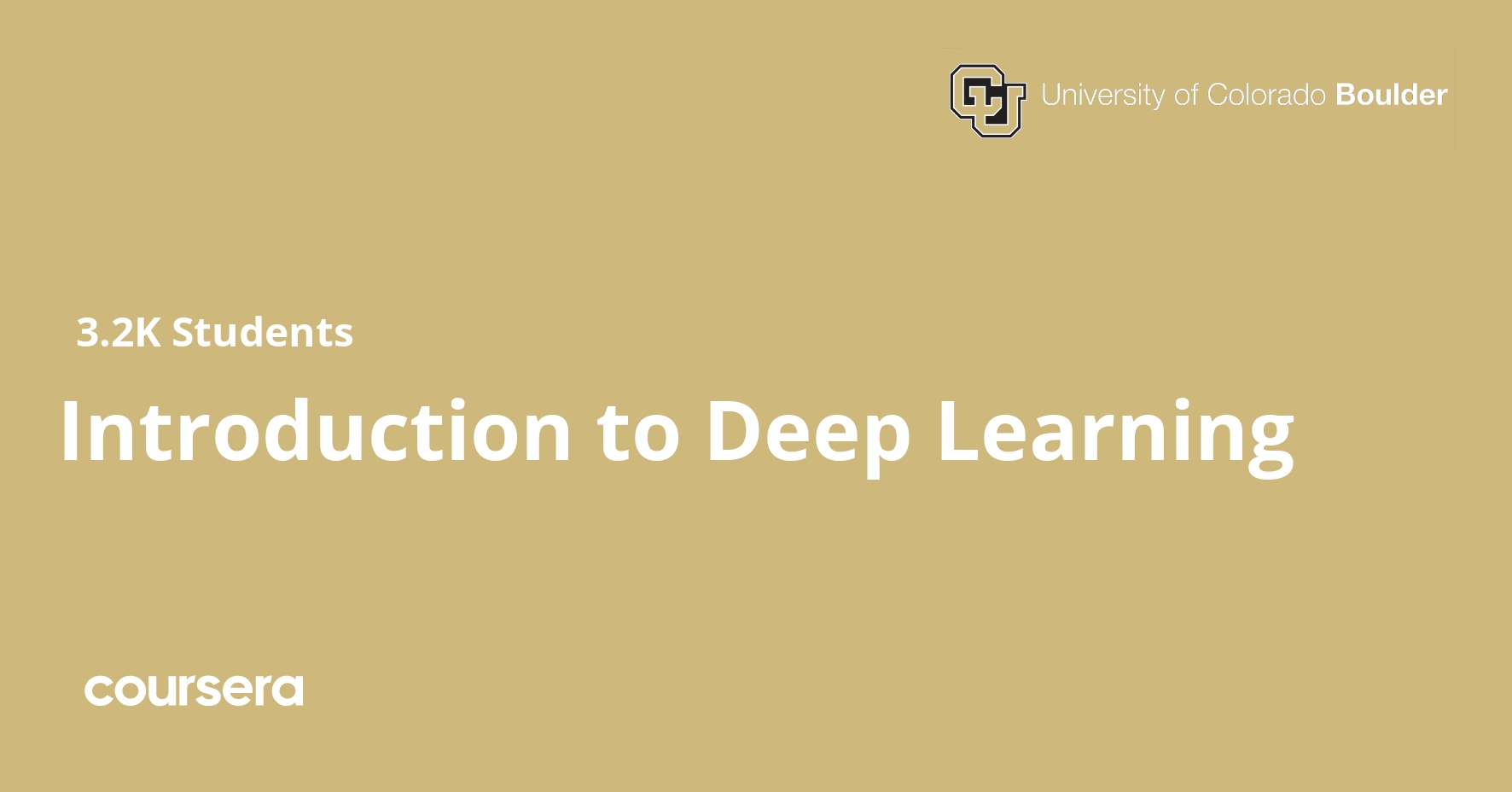Description
Deep Learning is the go-to technique for many applications, from natural language processing to biomedical. Deep learning can handle many different types of data such as images, texts, voice/sound, graphs and so on. This course will cover the basics of DL including how to build and train multilayer perceptron, convolutional neural networks (CNNs), recurrent neural networks (RNNs), autoencoders (AE) and generative adversarial networks (GANs). The course includes several hands-on projects, including cancer detection with CNNs, RNNs on disaster tweets, and generating dog images with GANs.
Prior coding or scripting knowledge is required. We will be utilizing Python extensively throughout the course. We recommend taking the two previous courses in the specialization, Introduction to Machine Learning: Supervised Learning and Unsupervised Algorithms in Machine Learning, but they are not required. College-level math skills, including Calculus and Linear Algebra, are needed. Some parts of the class will be relatively math intensive.
This course can be taken for academic credit as part of CU Boulder’s Master of Science in Data Science (MS-DS) degree offered on the Coursera platform. The MS-DS is an interdisciplinary degree that brings together faculty from CU Boulder’s departments of Applied Mathematics, Computer Science, Information Science, and others. With performance-based admissions and no application process, the MS-DS is ideal for individuals with a broad range of undergraduate education and/or professional experience in computer science, information science, mathematics, and statistics. Learn more about the MS-DS program at https://www.coursera.org/degrees/master-of-science-data-science-boulder.
Course logo image by Ryan Wallace on Unsplash.






